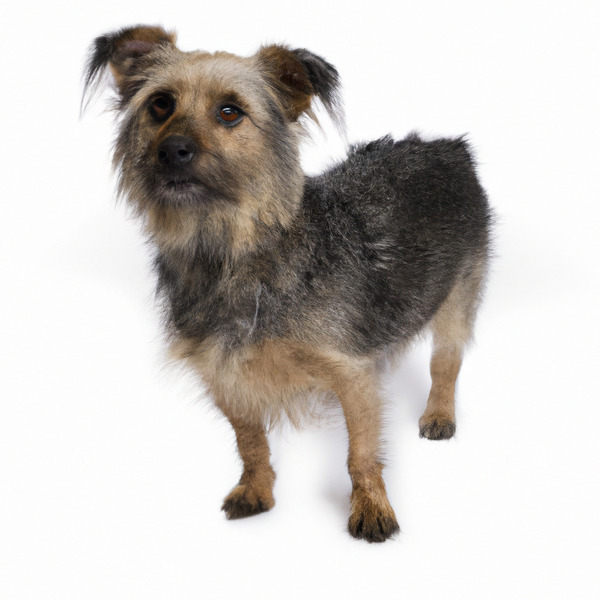Dorkie vs. Keeshond: Breed Differences and Similarities
Weight Gain Potential
Which breed eats more: Dorkie or Keeshond?
Dorkie has average risk of obesity, needs daily walks and quality diet to maintain healthy weight.
Keeshond has high obesity risk, needs regular exercise and food control to maintain healthy weight.
Hypoallergenic
Are Dorkies or Keeshonds hypoallergenic, or neither?
Unfortunately, neither Dorkie nor Keeshond are hypoallergenic, which may not make them the best choice for dog lovers who suffer from pet allergies.
Temperament
What are the personalities of Dorkie and Keeshond dogs?
Affectionate
Gentle
Loving
Cheerful
Intelligent
Playful
Agile
Obedient
Quick
Intelligent
Bright
Playful
Sturdy
Shedding Level
Do Dorkies shed more than Keeshonds, or which breed sheds more, Dorkies or Keeshonds?
Dorkies shed very little hair, making them a great choice for those who dislike excess hair in the house.
Keeshonds shed a lot of hair each year, so frequent brushing is essential for reducing shedding and maintaining coat health.
Watchdog Ability
Which dog breed makes a better watchdog, the Dorkie or Keeshond?
Dorkie and Keeshond are very good watchdogs. They are a vocal breed and are wary of outsiders, so if someone approaches your home or aims to intrude, these breeds are going to make sure everyone knows about it.
Origin
What is the origin of Dorkie and Keeshond dog breeds?
United States
Netherlands
Ancestry
What are the origins of Dorkie and Keeshond breeds?
Yorkshire Terrier and Dachshund
Samoyed, Chow Chow, Finnish Spitz, Norwegian Elkhound, Pomeranian
Date of Birth
When were Dorkie and Keeshond breeds first developed?
1990
1700s
Eye Color Possibilites
What are the eye colors of Dorkie and Keeshond dogs?
Brown
Brown
Nose Color Possibilites
What are the natural nose colors of Dorkie and Keeshond?
Black
Black
Coat Color Possibilites
What are the natural colors of the coat for Dorkie and Keeshond breeds?
Brown
Black
Red
Blue
Black
Gray
Fawn
Silver
White
Sable
Brindle
Coat Length
What is the typical coat length for Dorkie and Keeshond breeds?
The coat of Dorkie and Keeshond dogs is longer than that of the typical dog.
Coat Density
What is the density of the coat of Dorkie and Keeshond?
Coat Texture
What is the hair texture of Dorkie and Keeshond?
Straight
Litter Size
What is the usual litter size for Dorkie and Keeshond?
A Dorkie can have a litter of 13-15 puppies on average. However, it's worth noting that the size of the litters can vary greatly. Factors that can influence litter size include the health of the mother, breeding history, and genetics.
A Keeshond can have a litter of 12-14 puppies on average. However, it's worth noting that the size of the litters can vary greatly. Factors that can influence litter size include the health of the mother, breeding history, and genetics.
Adaptability
Dorkie and Keeshonds are known for their adaptability and versatility. They are capable of adapting well to a wide range of lifestyle changes and living environments, making them great companions for families and individuals of all lifestyles.
Health Issues
Between Dorkie and Keeshond, which breed is more prone to health problems?
Dorkies typically have low vet costs due to their good health, but it's important to monitor their health and seek vet care when necessary.
While the Keeshond breed is generally healthy, occasional vet check-ups are still necessary to address any health concerns.
Major Concerns
What are the major health concerns for Dorkie and Keeshond breeds?
Patellar Luxation
Intervertebral Disc Disease
Retinal Dysplasia
Tracheal Collapse
Portosystemic Shunt
Renal Cortical Hypoplasia
Hip Dysplasia
Mitral Valve Disease
Heart Disease
Minor Concerns
What minor health issues should be kept in mind when owning Dorkie and Keeshond?
Entropion
Color Dilution Alopecia
Corneal Dystrophy
Acanthosis Nigricans
Patellar Luxation
Epilepsy
Skin Problems
Congenital Heart Defect
Occasional Tests
What occasional tests are recommended for Dorkie and Keeshond breeds?
X-Rays
MRI
CT Scan
Eye Examination
Skin Evaluation
Ultrasound
Urinalysis
Blood Work
Cardiac
Eye
Hip
X-Rays
Eye Examination
Physical Examination
Energy
How do the energy levels of Dorkies and Keeshonds compare?
Dorkie and Keeshond breeds are known for their high energy levels, so if you're looking for a more low-key dog, these breeds may not be the best choice.
Social Needs
Dorkie vs Keeshond social needs comparison
Dorkie has very high social needs and requires regular mental and physical stimulation, a job or purpose, and companionship.
Keeshond has above average social needs and thrives with interaction with humans and other dogs.
Exercise Needed
Dorkie vs Keeshond exercise need comparison.
The Dorkie and Keeshond breeds are breeds that require minimal physical activity to maintain a healthy lifestyle. They are ideal for people with busy lifestyles, elderly people or those who have limited mobility. They also make great pets for those who live in small apartments or have limited outdoor space.
Sleeping Need
Which of the two sleeps the most/least: Dorkie or Keeshond?
Dorkie and Keeshond dogs tend to sleep less than some other breeds, but it's still important for them to get adequate sleep in order to maintain good health.
Drooling Tendency
Which drools more/less, Dorkie or Keeshond?
The Dorkie and Keeshond breeds are known for their low drooling tendencies, making them a suitable choice for people who don't want to deal with drool marks on their clothing.
Tendency to Bark
Do Dorkies or Keeshonds bark more/less frequently?
Dorkie and Keeshond dogs bark and howl frequently, they are not a good fit for quiet homes.
Territorial
Is the Dorkie or Keeshond a better guard dog?
Dorkie and Keeshond breeds are generally not considered the best guard dogs as their primary trait is not defense. Although they possess the capability to defend their territory or owners, it may not be their strongest trait.
Mouthiness
Mouthiness Comparison: Dorkie vs Keeshond?
Roaming urge
Dorkie vs Labrador: Running away tendency?
Prey Drive
Dorkie or Keeshond - which breed has a higher level of prey drive?
Past times
What are some enjoyable activities and ways to keep Dorkie and Keeshond entertained?
Walking, Napping, Snuggling, Playing, Playing outside, Cudling, Running, Walk, Nap, Fetch, Tug, Balls, Walks, Reading, Tug-of-war, Bath time, Frisbee, Road trip, Soccer, Play, Chase, Off-leash, Eating Snacks, Shopping, High Five, Cuddling, Cows, Bird Dog, Playing fetch, Chasing
Walk, Run, Frisbee, Play, Fetch, Eating Snacks, Chewing, Playing, Sniffing, Heel
Activity Level
Which breed has higher energy, Dorkies or Keeshonds?
Dorkies are low-energy dogs. This breed make a great companion for a relatively inactive person. Dorkie dogs require a few short daily walks, and then they're happy snuggling next to you for the rest of the day.
Keeshonds are medium-energy dogs and typically enjoy socializing and playing casual or even sustained games of chase with other dogs. They may also have occasional periods of barking or racing around the house.
Tolerance of being left alone
Walks per Week
How many miles should Dorkie or Keeshond walk each week?
There's really no limit to how far you walk your dog as long as they're comfortable. For Dorkie, it's at least 4 miles / week. Just remember to build distance and stamina gradually over time.
There's really no limit to how far you walk your dog as long as they're comfortable. For Keeshond, it's at least 8 miles / week. Just remember to build distance and stamina gradually over time.
Activity per Day
Do Dorkies or Keeshonds require more exercise?
In general most Dorkies usually need at least 45 minutes of exercise daily. This can be spread across the day and include all sorts of high-energy activities, like walking, running and playing.
In general most Keeshonds usually need at least 60 minutes of exercise daily. This can be spread across the day and include all sorts of high-energy activities, like walking, running and playing.
Grooming
Which breed is easier to maintain in terms of grooming, Dorkies or Keeshonds?
Dorkie and Keeshond are breeds of dogs that require a significant amount of grooming. They will also require regular trims, and a professional groomer's help is often necessary to keep their coat in good condition. They may also need regular baths to maintain their coat and skin.
Brushing Frequency
What is the recommended brushing frequency for Dorkie and Keeshond dogs?
Dorkie should be brushed at least once a week. Of course you can give them more frequent brushes if you find that they are still shedding a lot
Ideally, Keeshond should be brushed at least 2 or 3 times a week (preferably daily) improve shedding.
Brushing Tools
What brushing tools are used for Dorkies and Keeshonds?
Pin Brush
Slicker Brush
Comb
Nail Clipper
Pin Brush
Slicker Brush
Comb
Nail Clipper
Cups
How much food should be given to Dorkie or Keeshond in cups?
For an average 7-12 pound (3 - 5 kg) Dorkie feed 1 cups daily. But, keep in mind, the amount you feed is going to be dependent on the quality of the food you are feeding.
For an average 35-45 pound (16 - 20 kg) Keeshond feed 2.5 cups daily. But, keep in mind, the amount you feed is going to be dependent on the quality of the food you are feeding.
Daily Cost
Which breed has a higher daily cost, Dorkie or Keeshond?
The average cost of a Dorkie is somewhere $1.10 - $1.40 per day.
The average cost of a Keeshond is somewhere $2.50 - $3.20 per day.
Monthly Cost
Which breed has a higher monthly cost, Dorkie or Keeshond?
The average per month expenses of a Dorkie is between $32 - $42. This makes an average of $384 - $504 per year. It will be on the higher side when the dog is still small because it will need more frequent visits to the vet, shots.
The average per month expenses of a Keeshond is between $84 - $95. This makes an average of $1008 - $1140 per year. It will be on the higher side when the dog is still small because it will need more frequent visits to the vet, shots.
Intelligence
Comparing Intelligence: Dorkies vs Keeshonds
Dorkies are average in obedience intelligence but have a high IQ and may cause trouble if left unsupervised.
Keeshond is a very intelligent and trainable breed.
Sensitivity Level
How do Dorkie and Keeshond compare in sensitivity?
This breed is sensitive and requires gentle handling and a calm home environment.
This breed is sensitive to its environment and best suited for patient and understanding families with a consistent routine.
Affection Dependance
Which is the more affectionate dog breed: Dorkie vs Keeshond?
Apartment Friendly
Which breed is more apartment-friendly: Dorkie or Keeshond?
Dorkies make excellent apartment dogs, being fairly active indoors and not requiring a yard.
Keeshonds are good apartment dogs as long as they get enough exercise and stimulation outside of the apartment.
Child Friendly
Do Dorkies or Keeshonds have a friendlier temperament towards children?
Dorkies are not the best choice for families with kids.
Keeshonds are good with kids if socialized and trained from a young age.
Senior-friendly
Which dog is more suitable as a pet for the elderly - Dorkie or Keeshond?
Cat Friendly
Do Dorkie or Keeshond breeds have a better compatibility with cats?
Dorkies are average in their friendliness toward cats and tend to do well with them, especially if raised together.
Keeshonds are good with cats, but early training is needed to prevent chasing behavior.
Dog Friendly
Which breed is more sociable with other dogs: Dorkie or Keeshond?
Dorkies are less friendly towards other dogs, but can improve with socialization.
Keeshonds are friendly and active companions, and can be good family pets, though their friendliness towards other dogs may vary.
Pet friendly
How do Dorkie or Keeshond dogs interact with other pets?
Stranger Friendly
Which breed is more friendly with strangers: Dorkie or Keeshond?
Dorkies are quick to announce strangers and can be standoffish or suspicious.
Keeshonds are highly friendly around strangers.
Playfulness
Which breed is more playful between Dorkie and Keeshond?
Dorkie and Keeshond have an average level of playfulness. Like other dogs, they enjoy playing, but they are not the most playful dog breed.
Trainability
How do the trainability levels of Dorkies and Keeshonds compare?
Dorkie and Keeshond dogs are usually easy to train, but may require consistency to fully obey commands.
Compare Dorkie with other breeds
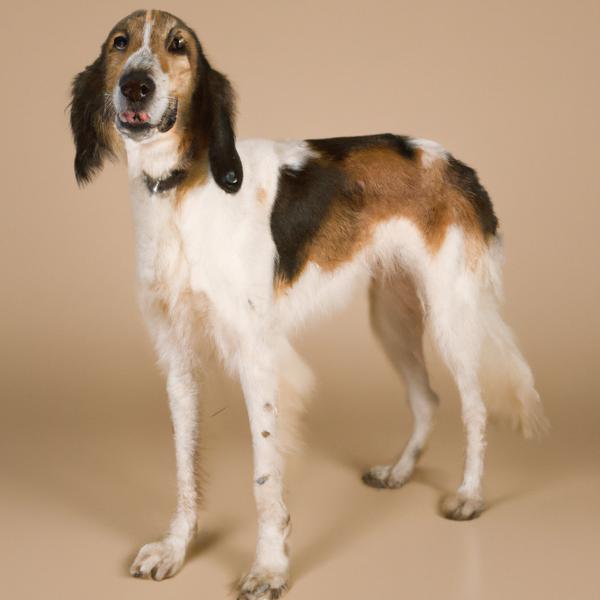
Spreagle
Dorkie vs Spreagle

Sprocker Spaniel
Dorkie vs Sprocker Spaniel
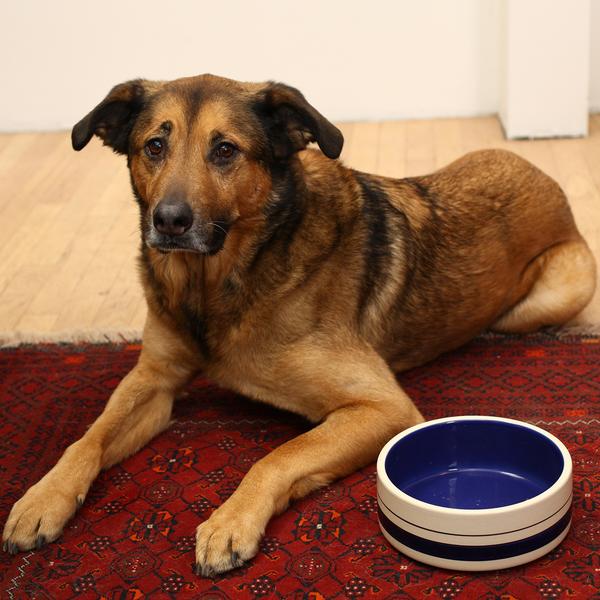
German Sheprador
Dorkie vs German Sheprador
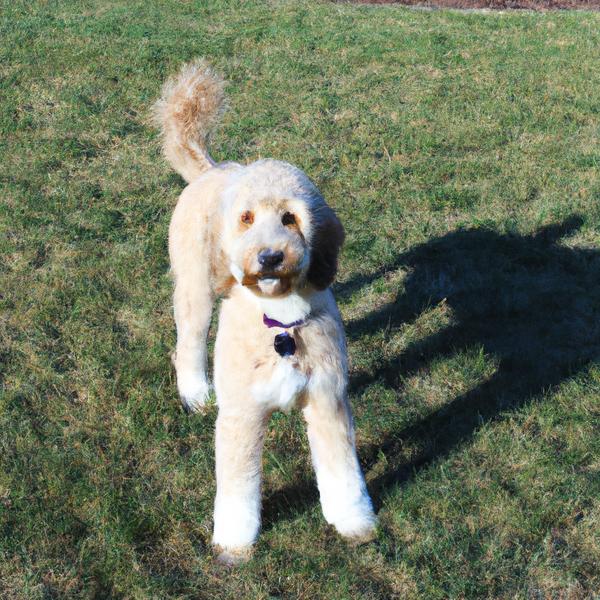
Flandoodle
Dorkie vs Flandoodle
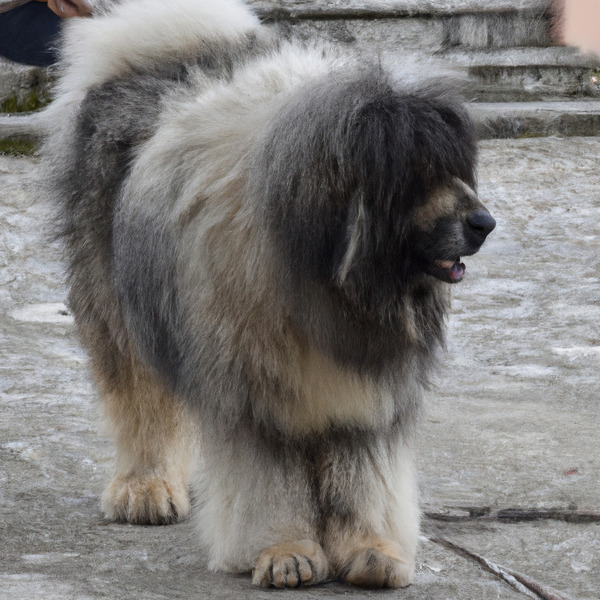
Himalayan Sheepdog
Dorkie vs Himalayan Sheepdog

Wire Foxie Doxie
Dorkie vs Wire Foxie Doxie

Pomchi
Dorkie vs Pomchi

Saint Berdoodle
Dorkie vs Saint Berdoodle
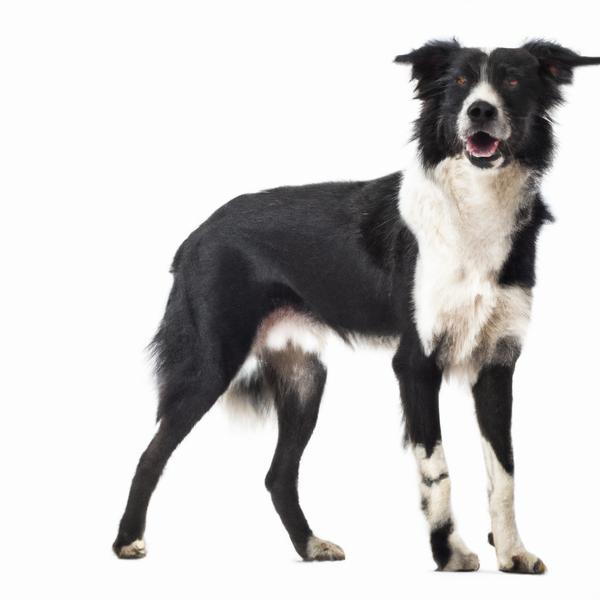
Giant Border Schnollie
Dorkie vs Giant Border Schnollie
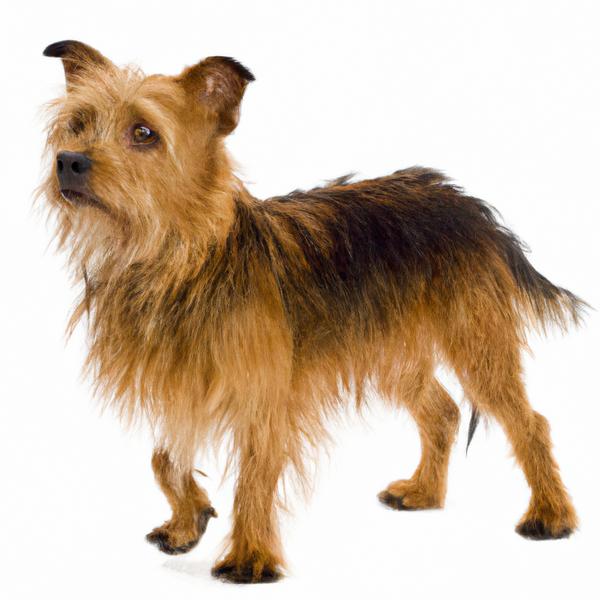
Aussie Silk Terrier
Dorkie vs Aussie Silk Terrier
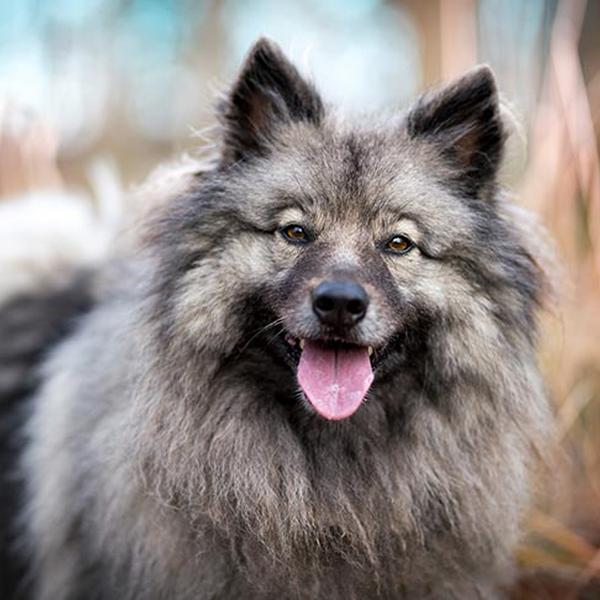
Keeshond
Dorkie vs Keeshond
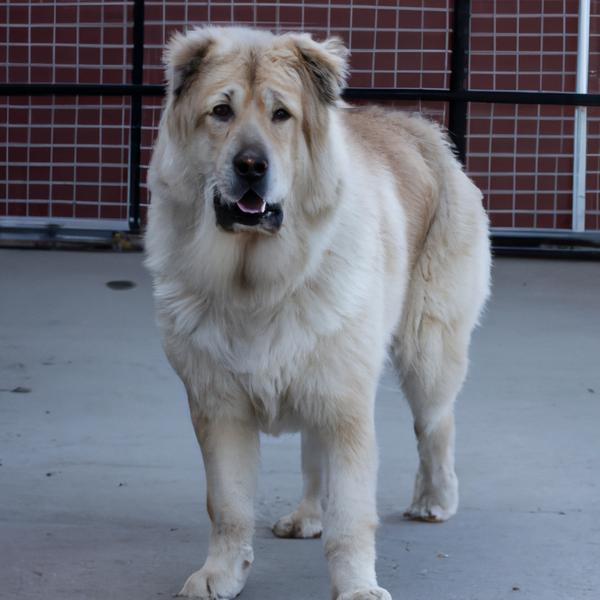
Wheaten Eskimo
Dorkie vs Wheaten Eskimo
